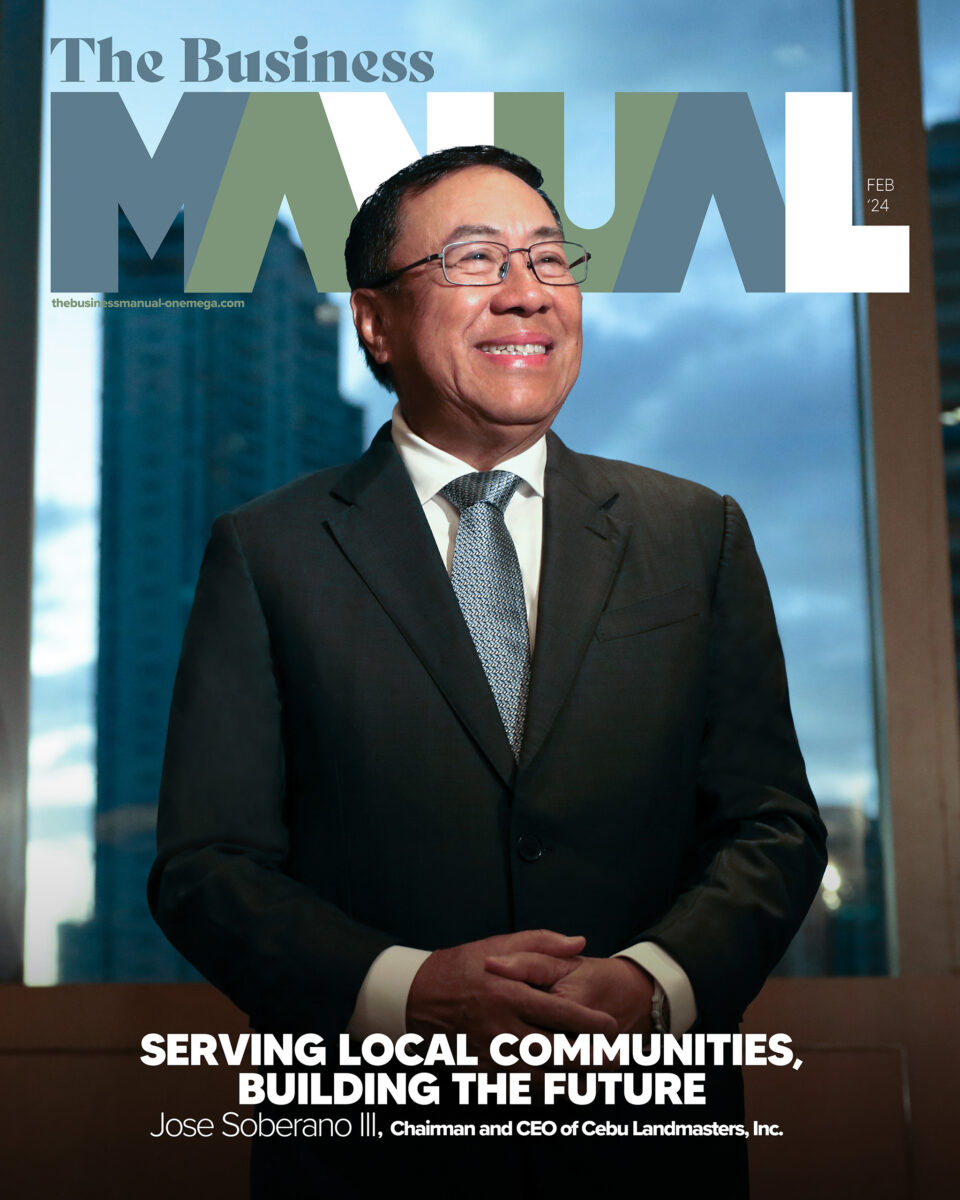How to Make Your Job Postings More Attractive for Applicants

With job hunting in full swing, here are some dos and don’ts that companies should remember in order to make their job postings more attractive.
Good news! More job opportunities are up for grabs since the pandemic! Believe it or not, according to the Philippine Statistics Authority (PSA), the employment rate here in the Philippines as of September 2022 is at 95%. That’s a 3.9% increase from the 91.1% employment rate recorded in September 2021!
But wait, there’s more. Unemployment has gone down to 5% in September 2022 compared to the 8.9% rate recorded in September 2021. This definitely has a good impression on those in the labor market looking to be hired.
However, we all know that despite these good numbers, applying for a job and subsequently getting hired are easier said than done. Meanwhile, hiring is just as competitive for companies, given the many postings and opportunities now available.
To help you out, we put together this guide with the help of Floyd Camposano—the current HR and Admin Manager of Manila Hearing Aid—with over a decade of experience as an HR practitioner.
Where it All Begins
Job postings are where it all begins. After all, companies that want to hire the best and most deserving people to fill vacant positions need to put themselves out there. And job postings are where companies strive to make themselves look appealing to applicants—hoping that they would want to work for them.
Making a good job posting, however, is a skill. When done poorly, the process can start and end without receiving a resume from a hopeful applicant. And for this to happen, there are many factors that can contribute to the abrupt end of an applicant’s interest in a job posting—from a mismatch in credentials and skillsets to demographic factors, or simply because the job posting does not contain enough information that can entice applicants into applying.
The Dos of Making Your Job Posting Attractive
According to Floyd, a job posting should foremost have the top key responsibilities of the job—a detailed job description, so to speak. Not only will this help job seekers align themselves with the posting, but it will also help the company assess who fits the role best based on his or her credentials.
Aside from that, a job posting should highlight two things—first, workplace culture. “A workplace that is more diversified and promotes workplace inclusion gives more persuasion to job hunters to apply,” says Floyd.
Second, all the exceptional perks and benefits that are being given to employees. It also won’t hurt to include advantages against competitors in the job posting. This makes both the position and your company more enticing for job applicants.
Floyd also recommends including company references, such as the company website, portals, and social media platforms, which job hunters can check to learn more about the company. Images showing employee engagement or even an office tour help just as much. After all, many applicants are wary of falling into scams or working for companies that misrepresent themselves.
Adding these company references makes the company look more legitimate in the eyes of the applicant and gives them a glimpse of the company they’re aiming to get into.
Lastly, job postings should be kept simple—despite all the things you include to make them attractive. “Job advertisement nowadays is close to social marketing in such a way that you need to make it engaging and fun so it can catch attention,” he says. “But don’t forget to align everything with the company’s values and culture.”
The Don’ts and How to Improve Your Job Posting
If there are things you can do to make your company’s job postings more attractive, there are also things that you should not do. For Floyd, the inclusion of requirements that will imply discrimination tops the list of what you shouldn’t do.
These discriminatory traits include age, gender, and even physical attributes. While there may be some positions that have more specific requirements, Floyd points out that this can be arranged internally during the recruitment process.
Take note that discriminating requirements will also not work in favor of your company’s brand and image. After all, no company wants to be branded as discriminatory, as it gives job seekers a bad impression of its culture, reputation, and environment.
Floyd likewise says to avoid using technical language or internal business lingo, as well as vague job titles. For specialized roles in the company, he says the ideal way to deal with it is by using a commonly-used job title, or simply, layman’s terms that are close to that specialized role. That way, job seekers can understand the job posting better.
After the interview, the company can then realign with the applicant during the recruitment process so that the correct position title can be clarified.
It is also best if companies avoid lengthy job posts. Floyd points out that job seekers “do not read everything, as they are more excited about applying for as many jobs as they can.” Don’t beat around the bush. Instead, be concise. You wouldn’t want applicants to miss the key points that make your company appealing to them—just because they got too lazy or bored to read a very long job posting.
Last and definitely not least, if there is one other thing job seekers are excited about when applying for a job, it’s seeing the compensation. Given that, a lack of compensation details in a job posting is definitely a no-no.
Make sure to always indicate the salary you are offering in your job postings. Should you be open to negotiations, you may opt to include that in the job posting as well. This will help encourage an applicant to still give the application a shot if he or she has some hesitations regarding the salary.
Overall, it’s important to be transparent in your company’s job posting—whether this means presenting your company culture to job seekers or listing what the job will entail and what the hired applicant will get, should he or she proceed with the application. After all, the goal is to find the best match for your company and have him or her stay with you for the long run.




